Have you ever wondered why some people love spicy food while others can’t handle even a little heat? Or why some people crave sweets while others prefer salty snacks? The way we experience taste is shaped by a combination of biology, genetics, and psychology.
In this article, we’ll explore how taste works, why we have flavor preferences, and how our senses influence what we eat.
1. How Taste Works: The Role of Taste Buds
Our tongues are covered in taste buds, which contain sensory cells that detect flavors.
👅 The Five Basic Tastes
Sweet – Sugar, honey, and fruits trigger a pleasurable response.
Salty – Essential for balancing fluids in the body (found in salt, cheese, and chips).
Sour – Found in citrus fruits, vinegar, and yogurt.
Bitter – Strong flavors in coffee, dark chocolate, and some vegetables.
Umami – A savory taste found in meat, mushrooms, and soy sauce.
Taste buds send signals to the brain, which interprets them as flavors.
2. The Role of Genetics in Taste Preferences
Your genes affect how you experience taste.
🧬 Why Some People Hate Bitter Foods
Some people have more bitter receptors, making foods like broccoli and coffee taste too strong.
🌶️ Why Some Love Spicy Food
Spicy food triggers pain receptors, but some people build a tolerance over time.
🍬 Why Some Crave Sweets
Genetic differences influence how much dopamine (the pleasure hormone) is released when eating sugar.
3. How Smell & Texture Influence Taste
Taste isn’t just about your tongue—it involves multiple senses.
👃 Smell & Taste Connection
80% of what we “taste” comes from our sense of smell.
That’s why food tastes bland when you have a cold.
🤏 Texture & Mouthfeel
Creamy, crispy, chewy, or fizzy textures affect our enjoyment of food.
🍽️ Color & Presentation
Studies show that people expect red foods to be sweeter and blue foods to taste artificial.
4. The Psychology of Taste: Why We Like Certain Foods
Our taste preferences are shaped by memories, culture, and emotions.
🥘 Cultural Influence
Some cultures love spicy food (India, Mexico), while others prefer milder flavors (Japan, Scandinavia).
🎂 Nostalgia & Comfort Food
We crave foods linked to childhood memories and happy experiences.
🎭 Mood & Food Cravings
Stress can make us crave sweets or junk food for a dopamine boost.
5. How Taste Changes Over Time
Your taste preferences evolve as you age.
👶 Babies & Sweetness 👦 Picky Eating in Childhood 👨🦳 Aging & Taste Loss – Older adults may experience a weaker sense of taste, leading them to prefer stronger flavors.
6. Can We Train Our Taste Buds?
Yes! You can develop a taste for new foods by:
✔ Trying foods multiple times ✔ Combining flavors ✔ Cutting sugar/salt gradually – Your taste buds adjust over time.
7. Conclusion: Taste Is a Complex Experience
The way we experience taste is influenced by biology, culture, memories, and emotions. idtoto4d s not just about what’s on our tongue—it’s a full sensory experience!
So next time you eat something, take a moment to appreciate how amazing your sense of taste really is! 👅🍓
The Science of Taste: Why We Love Certain Flavors
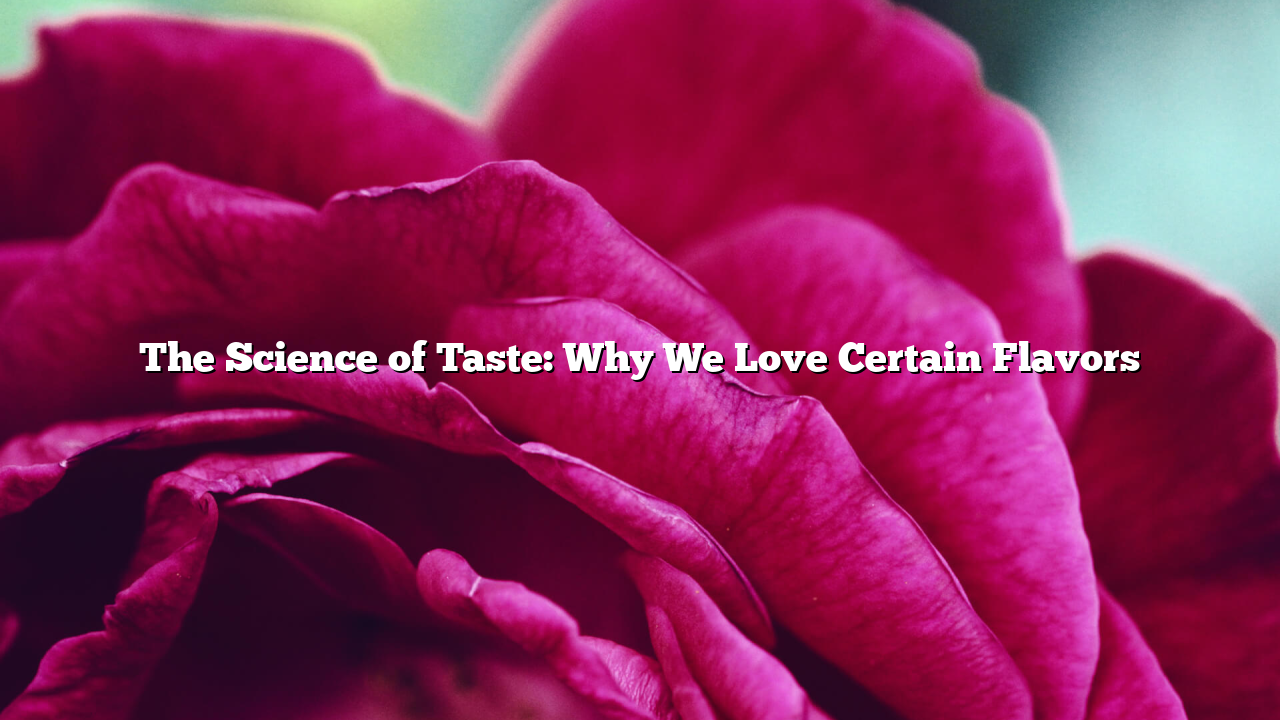

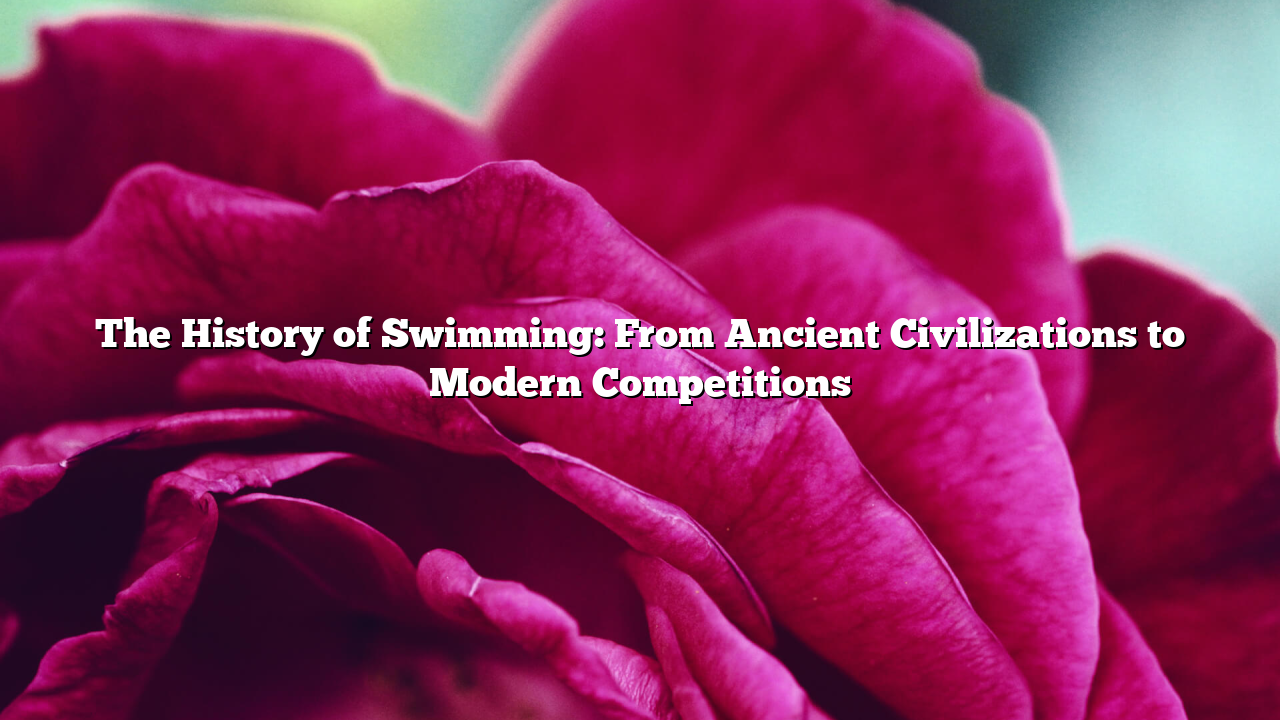

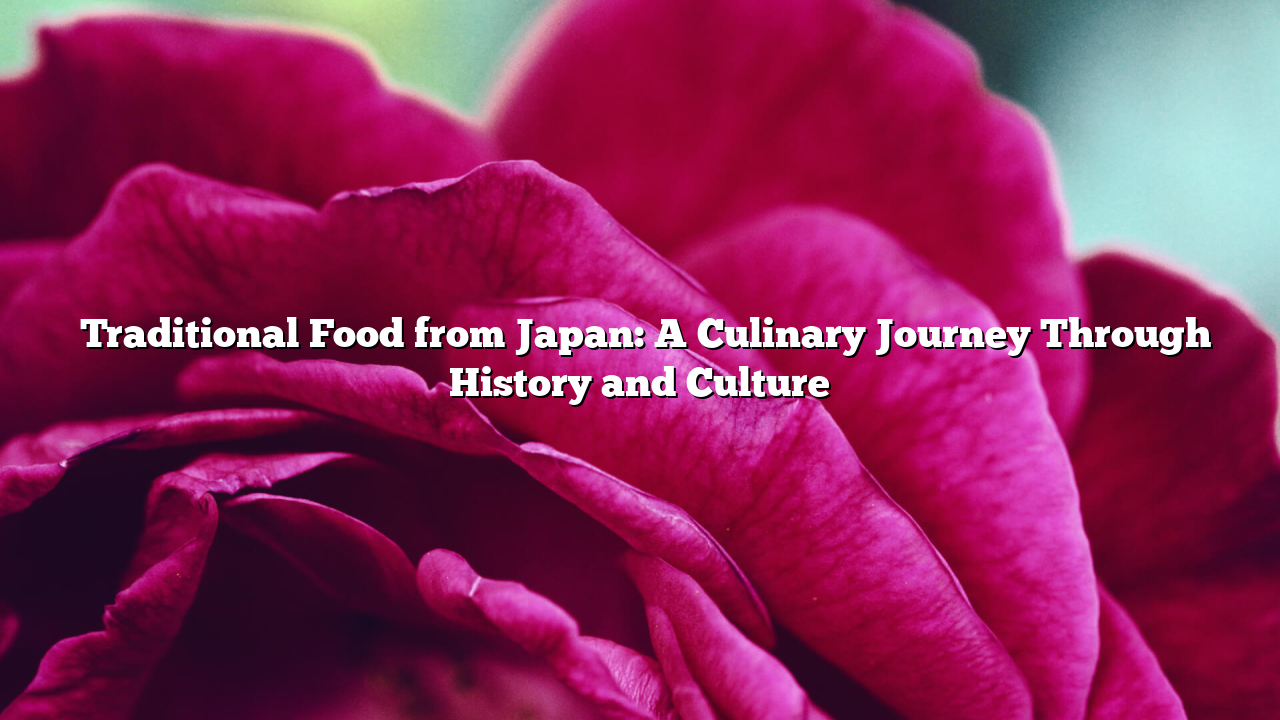
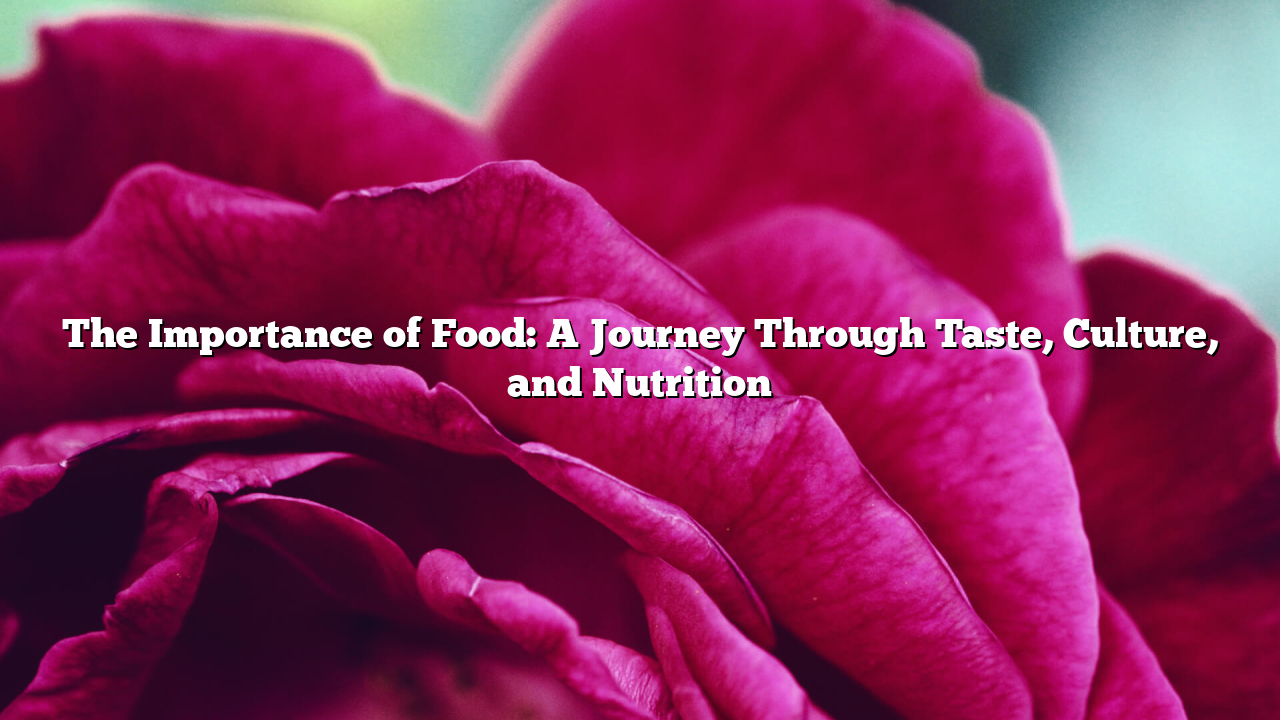

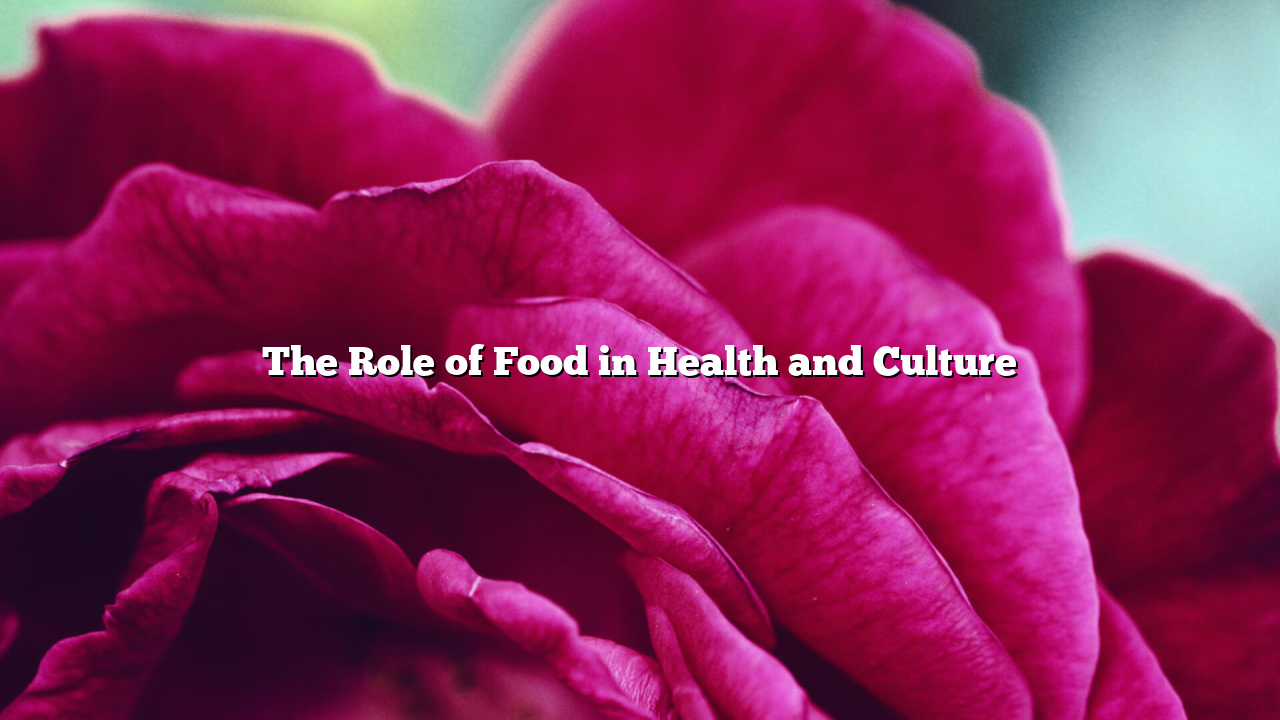

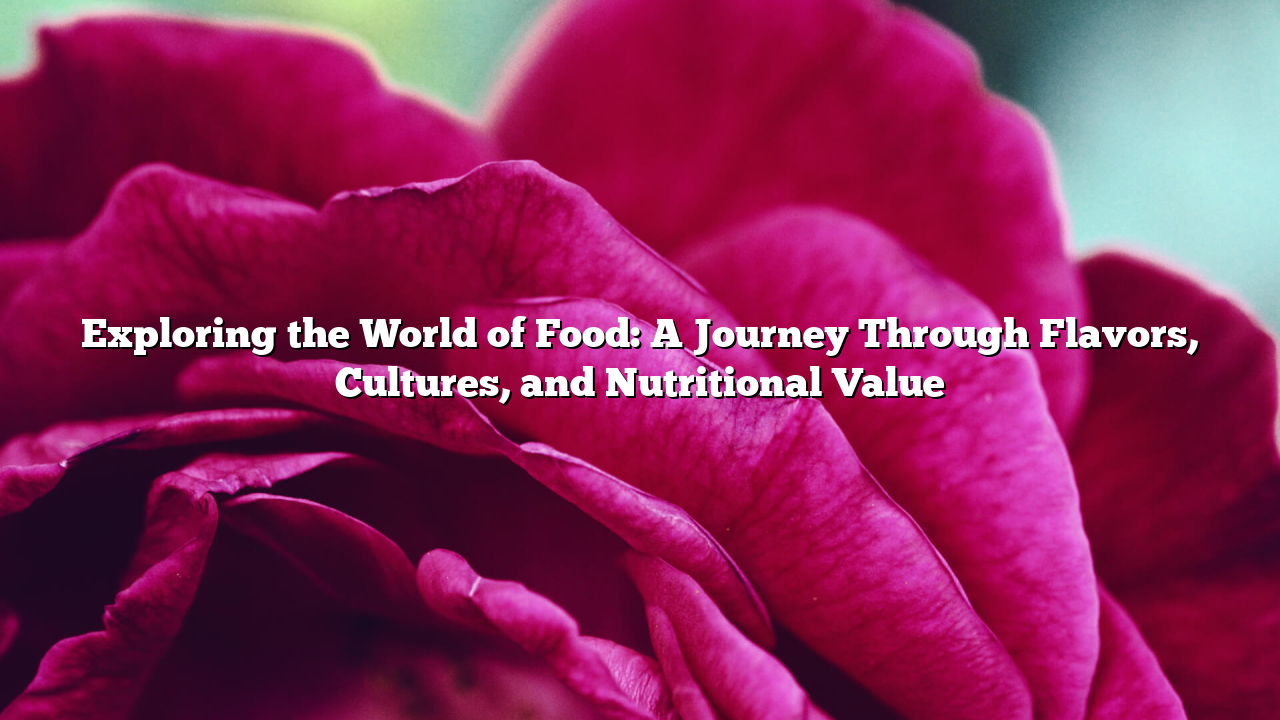
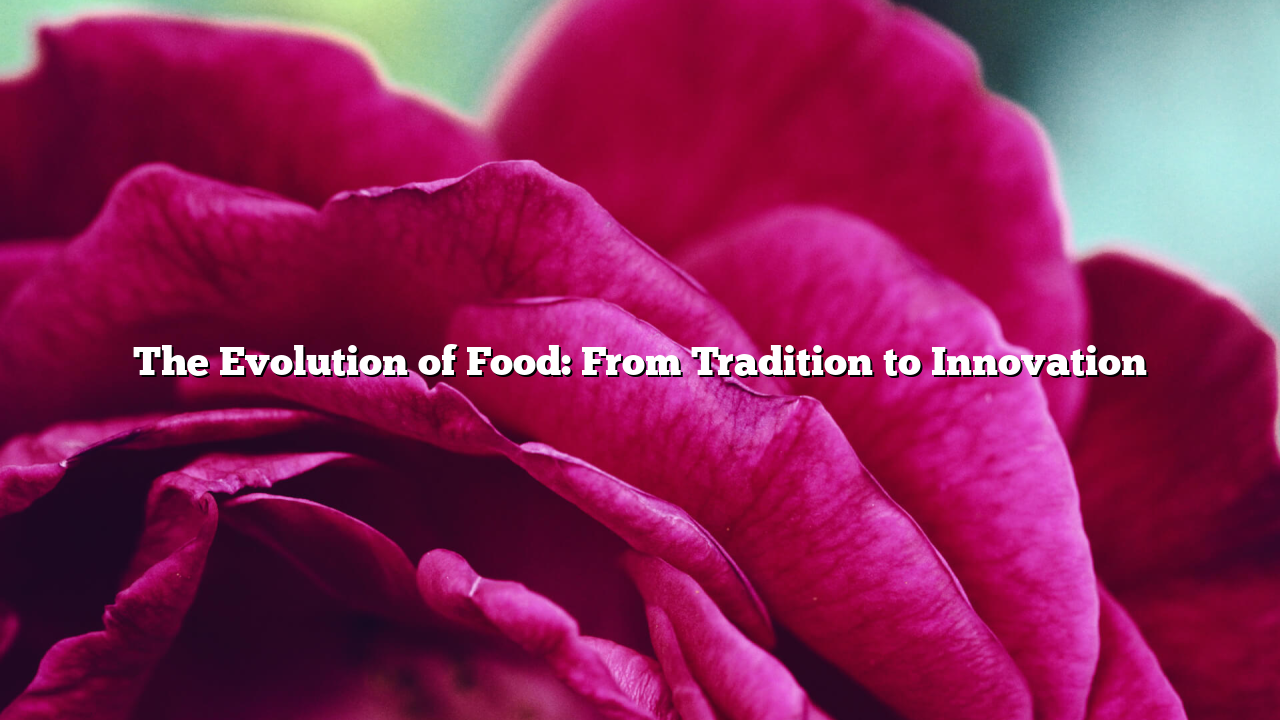
Leave a Reply